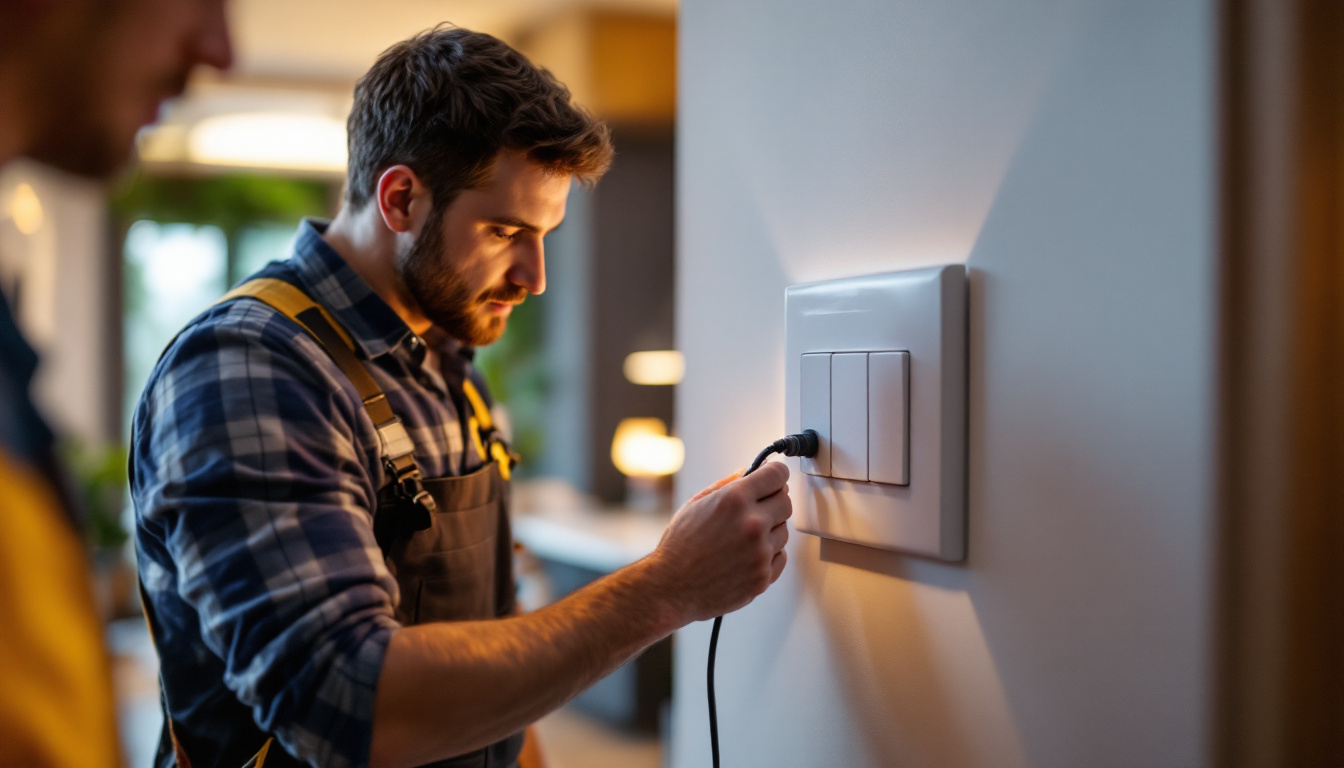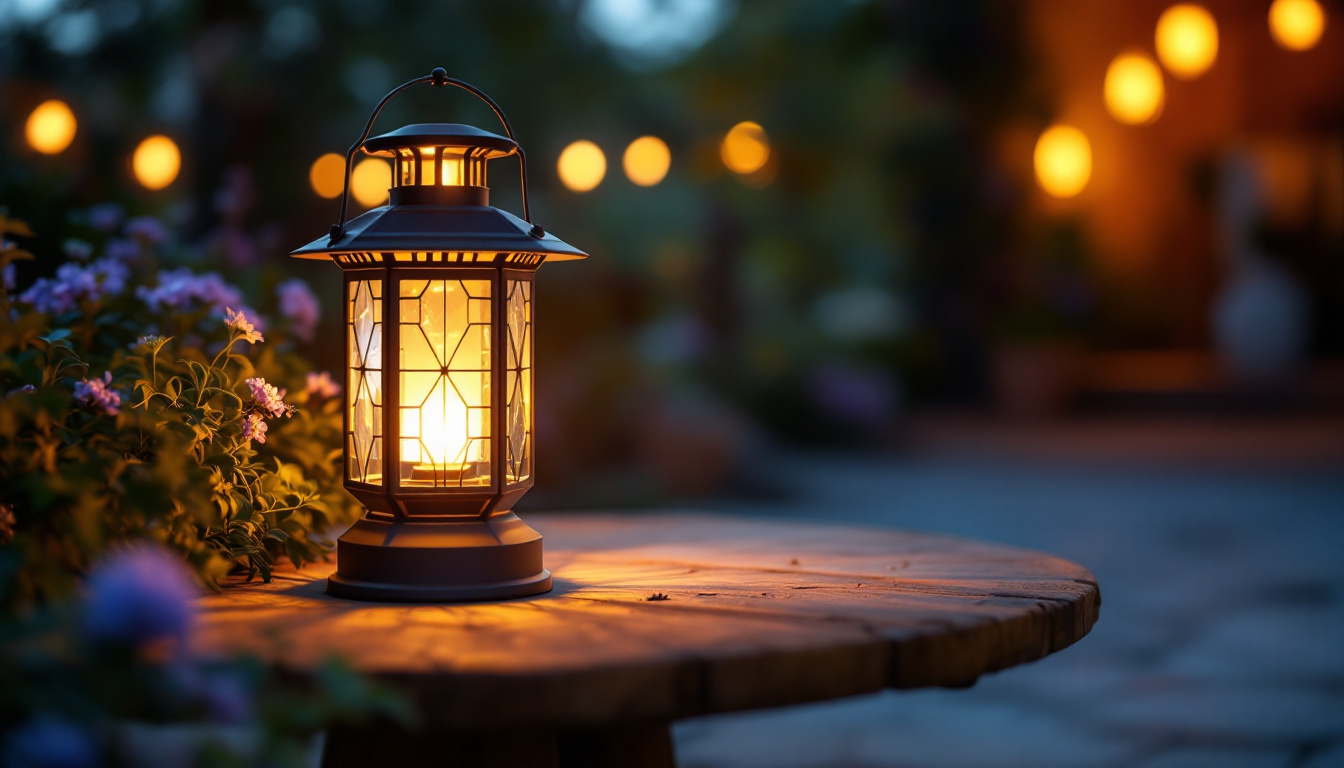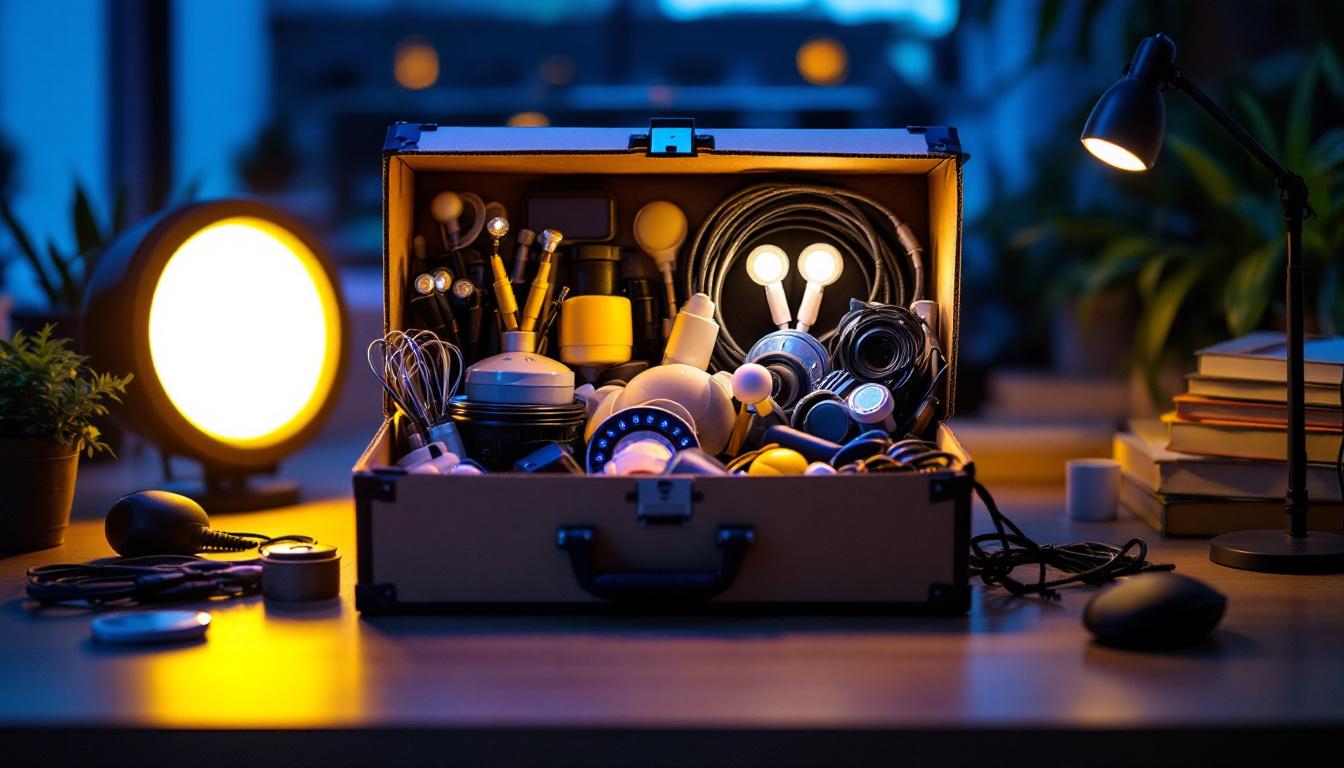
Understanding the various types of light bulb bases is crucial for lighting contractors who aim to provide the best solutions for their clients. This article delves into the different light bulb bases, their characteristics, and practical applications, drawing insights from expert lighting contractors. Whether you are working on residential, commercial, or industrial projects, having a comprehensive grasp of light bulb bases will enhance your expertise and service quality.
Light bulb bases are the components that connect the bulb to the light fixture, playing a vital role in ensuring proper electrical contact and functionality. Each base type has unique characteristics that dictate its compatibility with specific fixtures. Familiarity with these bases not only aids in selecting the right bulb but also in troubleshooting issues that may arise during installation or maintenance.
There are several types of light bulb bases, each designed for specific applications. The most common bases include the Edison screw, bayonet, and bi-pin bases. Understanding these types will help contractors make informed decisions when recommending lighting solutions. Additionally, the choice of base can significantly affect the overall aesthetic and functionality of a lighting setup, as different bases may accommodate various bulb shapes and designs, further influencing the ambiance of a space.
The Edison screw base is one of the most recognized types of light bulb bases. It features a threaded design, allowing for easy installation and removal. Common sizes include E26 and E27, which are widely used in residential settings. The versatility of the Edison screw base makes it suitable for various bulb types, including incandescent, LED, and compact fluorescent. Notably, the Edison base has become a standard in many countries, making it easier for consumers to find compatible bulbs. Furthermore, the design has evolved to accommodate energy-efficient technologies, ensuring that users can enjoy both convenience and sustainability in their lighting choices.
Bayonet bases, characterized by their push-and-twist mechanism, are commonly found in automotive and specialty lighting applications. The B22 base is a popular size in many regions. Bayonet bases provide a secure fit, minimizing the risk of the bulb loosening over time. However, they may not be as prevalent in residential applications compared to the Edison screw base. This type of base is particularly advantageous in settings where vibration or movement is a concern, such as in vehicles or machinery, as it helps maintain a stable connection. Additionally, the ease of installation with bayonet bases can be a significant benefit for users who frequently change bulbs, as the mechanism allows for quick replacements without the need for additional tools.
Selecting the appropriate light bulb base is essential for ensuring compatibility with fixtures and achieving desired lighting effects. Factors such as the type of fixture, the intended use of the lighting, and energy efficiency should all be considered when making this choice.
Before choosing a light bulb base, it is crucial to assess the compatibility with existing fixtures. Not all fixtures can accommodate every type of base. For instance, a fixture designed for an Edison screw base will not work with a bayonet base bulb. Contractors should always check the specifications of the fixtures to ensure a proper fit. Additionally, it’s important to consider the physical dimensions of the bulb itself, as some fixtures may have space constraints that limit the size of the bulb that can be used. In some cases, using an adapter may be an option, but this can sometimes lead to reduced efficiency or even safety concerns, so it should be approached with caution.
The intended use of the lighting can significantly influence the choice of bulb base. For example, if the goal is to create ambient lighting in a living room, an Edison base bulb with a warm color temperature may be ideal. Conversely, for task lighting in a workshop, a bi-pin base bulb with higher lumens might be more appropriate. Understanding the lighting requirements of each project will guide contractors in selecting the right base. Furthermore, the color rendering index (CRI) of the bulb should also be taken into account, especially in spaces where color accuracy is crucial, such as art studios or retail environments. A higher CRI will ensure that colors appear more vibrant and true to life, enhancing the overall aesthetic of the space.
In today’s environmentally conscious world, energy efficiency is another critical factor when selecting a light bulb base. LED bulbs, for instance, are available in various bases and offer significant energy savings compared to traditional incandescent bulbs. They not only consume less power but also have a longer lifespan, reducing the frequency of replacements. When choosing a base, it’s beneficial to look for bulbs that are ENERGY STAR certified, as these meet strict efficiency guidelines set by the U.S. Environmental Protection Agency. Additionally, considering the dimming capabilities of the bulbs can also impact energy consumption; opting for a base that supports dimmable LED bulbs can provide flexibility in lighting control, further enhancing energy savings while allowing for customized lighting atmospheres.
In today’s environmentally conscious market, energy efficiency is a critical consideration for lighting contractors. The choice of light bulb base can impact energy consumption and sustainability efforts. Contractors are increasingly turning to LED technology, which offers significant advantages over traditional incandescent bulbs. Not only do LED bulbs provide brighter illumination with lower energy use, but they also generate less heat, making them safer and more efficient for various applications. As the demand for sustainable solutions grows, lighting contractors are finding that integrating energy-efficient products into their offerings can enhance their market appeal and align with the values of eco-conscious consumers.
LED bulbs are available in various base types, including Edison and bi-pin bases. They consume significantly less energy and have a longer lifespan than traditional bulbs. However, it is essential to ensure that the fixtures are compatible with LED technology, as some older fixtures may not support the lower wattage or the heat dissipation characteristics of LED bulbs. Additionally, the versatility of LED technology allows for innovative designs, such as dimmable options and smart lighting systems that can be controlled via mobile apps. This adaptability not only meets the aesthetic needs of modern spaces but also enhances energy savings by allowing users to adjust lighting levels based on their specific requirements.
Contractors should also educate clients about the importance of proper disposal and recycling of light bulbs. Many regions have specific regulations regarding the disposal of fluorescent and LED bulbs due to the materials they contain. For instance, fluorescent bulbs contain small amounts of mercury, which necessitates careful handling and disposal to prevent environmental contamination. By promoting responsible disposal practices, contractors can contribute to sustainability efforts and educate their clients on environmental responsibility. Furthermore, some manufacturers offer take-back programs that facilitate the recycling of used bulbs, turning potential waste into valuable materials for new products. This not only reduces landfill impact but also fosters a circular economy where resources are reused and repurposed effectively.
Working with different light bulb bases can present challenges, from compatibility issues to installation difficulties. Recognizing these challenges and having solutions at hand can enhance a contractor’s efficiency and client satisfaction.
One of the most common challenges contractors face is compatibility between light bulb bases and fixtures. Mismatched bases can lead to installation delays and increased costs. To mitigate this issue, it is advisable to maintain a comprehensive inventory of various bulb bases and fixtures. This proactive approach allows contractors to quickly address compatibility concerns as they arise.
Installation can also pose challenges, particularly with bases that require specific techniques, such as bayonet bases. Providing training and resources to staff can help ensure that all team members are well-versed in the installation process for different bases. Additionally, utilizing tools designed for specific base types can streamline the installation process and reduce the risk of damage.
The lighting industry is continually evolving, with new technologies and trends emerging regularly. Staying informed about these trends can help contractors remain competitive and offer cutting-edge solutions to their clients.
Smart lighting systems are gaining popularity, allowing users to control their lighting through mobile apps or voice commands. Many smart bulbs come with unique bases, such as the GU10 or E26 base, and offer features like dimming and color-changing capabilities. Contractors should familiarize themselves with these technologies to meet the growing demand for smart lighting solutions.
Innovations in base design are also on the rise, with manufacturers developing bases that enhance energy efficiency and ease of use. For instance, some new designs feature integrated sensors that automatically adjust brightness based on ambient light levels. Keeping abreast of these innovations will enable contractors to provide their clients with the latest and most efficient lighting options.
Understanding light bulb bases is an essential aspect of being a successful lighting contractor. By familiarizing oneself with the various types of bases, their applications, and the challenges associated with them, contractors can enhance their service offerings and provide valuable insights to their clients. As the industry continues to evolve, staying informed about trends and innovations will be crucial for maintaining a competitive edge.
Incorporating energy-efficient solutions and educating clients about proper lighting practices will not only improve project outcomes but also contribute to a more sustainable future. By leveraging expert insights and maintaining a proactive approach to learning, lighting contractors can ensure they are well-equipped to meet the diverse needs of their clients.
Ready to take your lighting projects to the next level? At LumenWholesale, we provide lighting contractors with the highest quality, spec-grade lighting products at prices that can’t be beaten. Say goodbye to local distributor markups and hello to our extensive selection that meets rigorous industry standards. With free shipping on bulk orders, you can trust that you’re getting premium lighting solutions at the best value, without any hidden costs. Elevate your service offerings with reliable, high-performance lighting from LumenWholesale. Wholesale Lighting at the Best Value is just a click away.

Discover the latest trends in four-way switches that every lighting contractor needs to stay ahead in the industry.

Discover how cord wire technology is revolutionizing the lighting industry, enhancing efficiency and safety for contractors.

Discover the essential insights lighting contractors need to meet client expectations with large solar-powered lanterns.

Discover how a Led Shoe Box can boost lighting project efficiency by up to 30%, reduce energy costs, and improve safety.